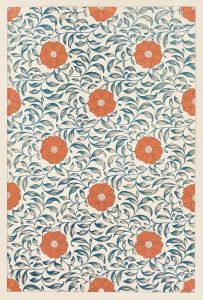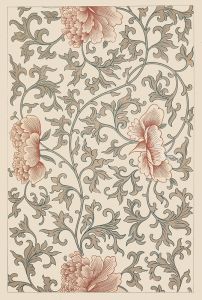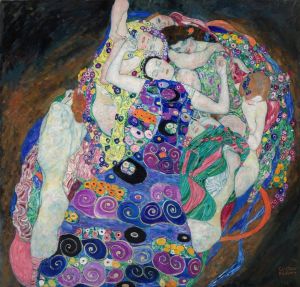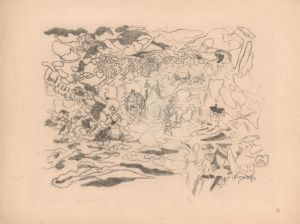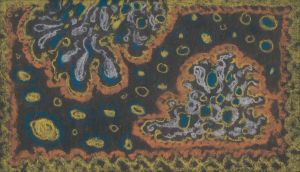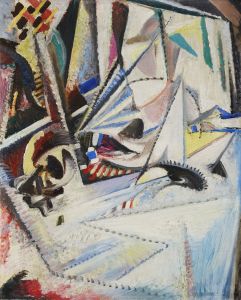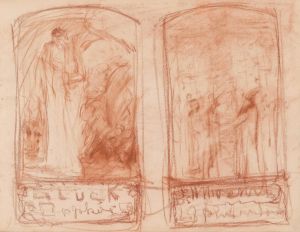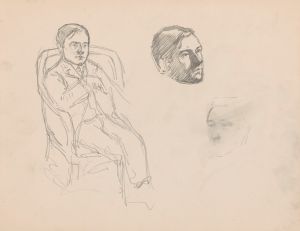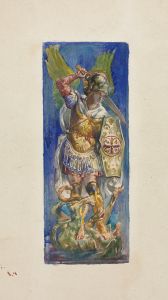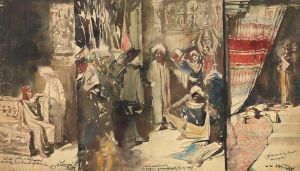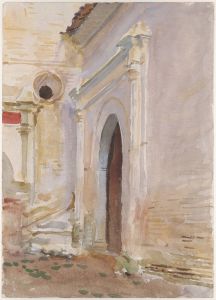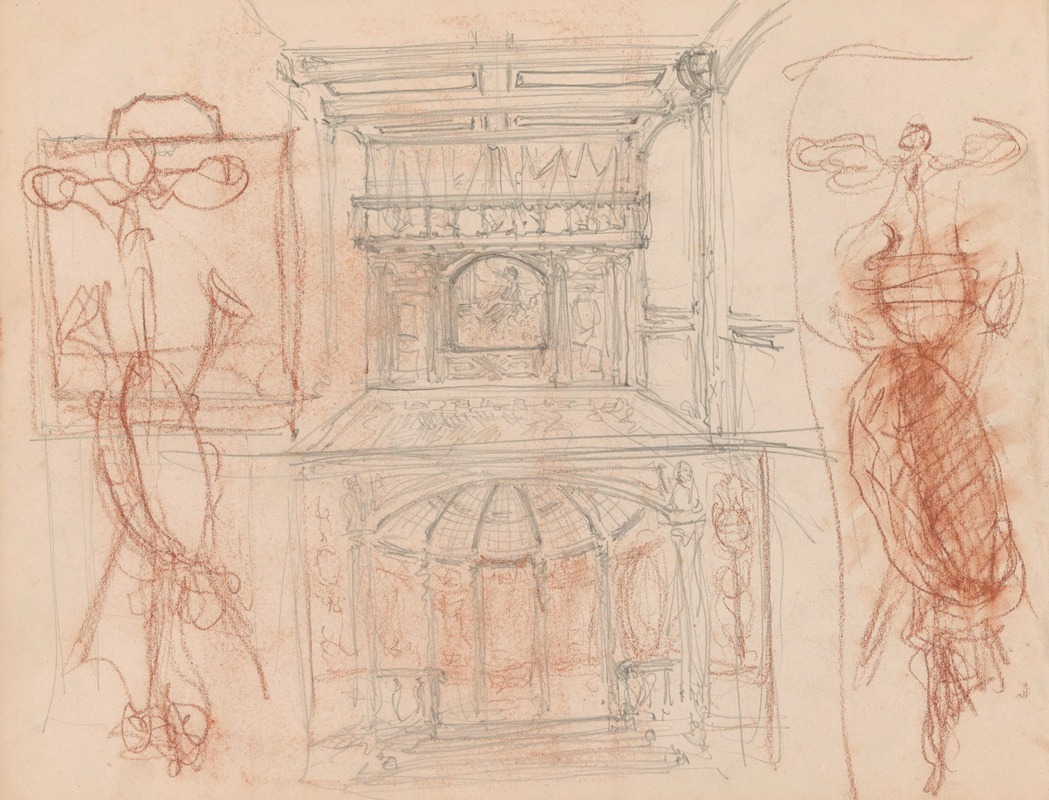
Architectural Elements
A hand-painted replica of Jules Schmalzigaug’s masterpiece Architectural Elements, meticulously crafted by professional artists to capture the true essence of the original. Each piece is created with museum-quality canvas and rare mineral pigments, carefully painted by experienced artists with delicate brushstrokes and rich, layered colors to perfectly recreate the texture of the original artwork. Unlike machine-printed reproductions, this hand-painted version brings the painting to life, infused with the artist’s emotions and skill in every stroke. Whether for personal collection or home decoration, it instantly elevates the artistic atmosphere of any space.
Jules Schmalzigaug was a Belgian painter associated with the Futurist movement, known for his vibrant and dynamic compositions that sought to capture the essence of movement and modernity. One of his notable works is "Architectural Elements," which exemplifies his engagement with the principles of Futurism and his unique approach to depicting space and form.
"Architectural Elements" is a painting that reflects Schmalzigaug's interest in the interplay between architecture and movement. The work is characterized by its abstract representation of architectural forms, rendered in a way that suggests dynamism and fluidity. Schmalzigaug employs a vivid color palette, utilizing bold and contrasting colors to enhance the sense of motion and energy within the composition. This approach aligns with the Futurist fascination with speed, technology, and the transformation of the modern world.
The painting demonstrates Schmalzigaug's ability to synthesize the influences of his contemporaries while developing his distinct style. Although he was influenced by the Italian Futurists, Schmalzigaug's work is noted for its softer, more lyrical qualities compared to the often aggressive and mechanistic tendencies of his peers. This is evident in "Architectural Elements," where the forms, while abstract, maintain a certain elegance and rhythm.
Schmalzigaug's exploration of architectural themes can be seen as part of a broader trend within Futurism, where artists sought to break away from traditional perspectives and embrace the possibilities of modernity. By abstracting architectural forms, Schmalzigaug invites viewers to reconsider the built environment not as static structures but as dynamic entities that interact with the forces of time and space.
The painting also reflects Schmalzigaug's interest in light and its effects on perception. The interplay of light and shadow in "Architectural Elements" adds depth and complexity to the composition, creating a sense of three-dimensionality despite its abstract nature. This focus on light aligns with the Futurist goal of capturing the sensation of movement and the passage of time, as light itself is a transient and ever-changing element.
Jules Schmalzigaug's contribution to the Futurist movement, though not as widely recognized as some of his Italian counterparts, is significant in its own right. His works, including "Architectural Elements," offer a unique perspective on the themes of modernity and movement, characterized by a harmonious blend of abstraction and lyricism. Schmalzigaug's paintings continue to be appreciated for their innovative approach and their ability to convey the excitement and dynamism of the early 20th century.
In summary, "Architectural Elements" by Jules Schmalzigaug is a testament to the artist's engagement with Futurist ideals and his distinctive interpretation of architectural forms. Through his use of color, light, and abstraction, Schmalzigaug captures the essence of movement and modernity, contributing to the broader narrative of Futurism and its exploration of the rapidly changing world.





